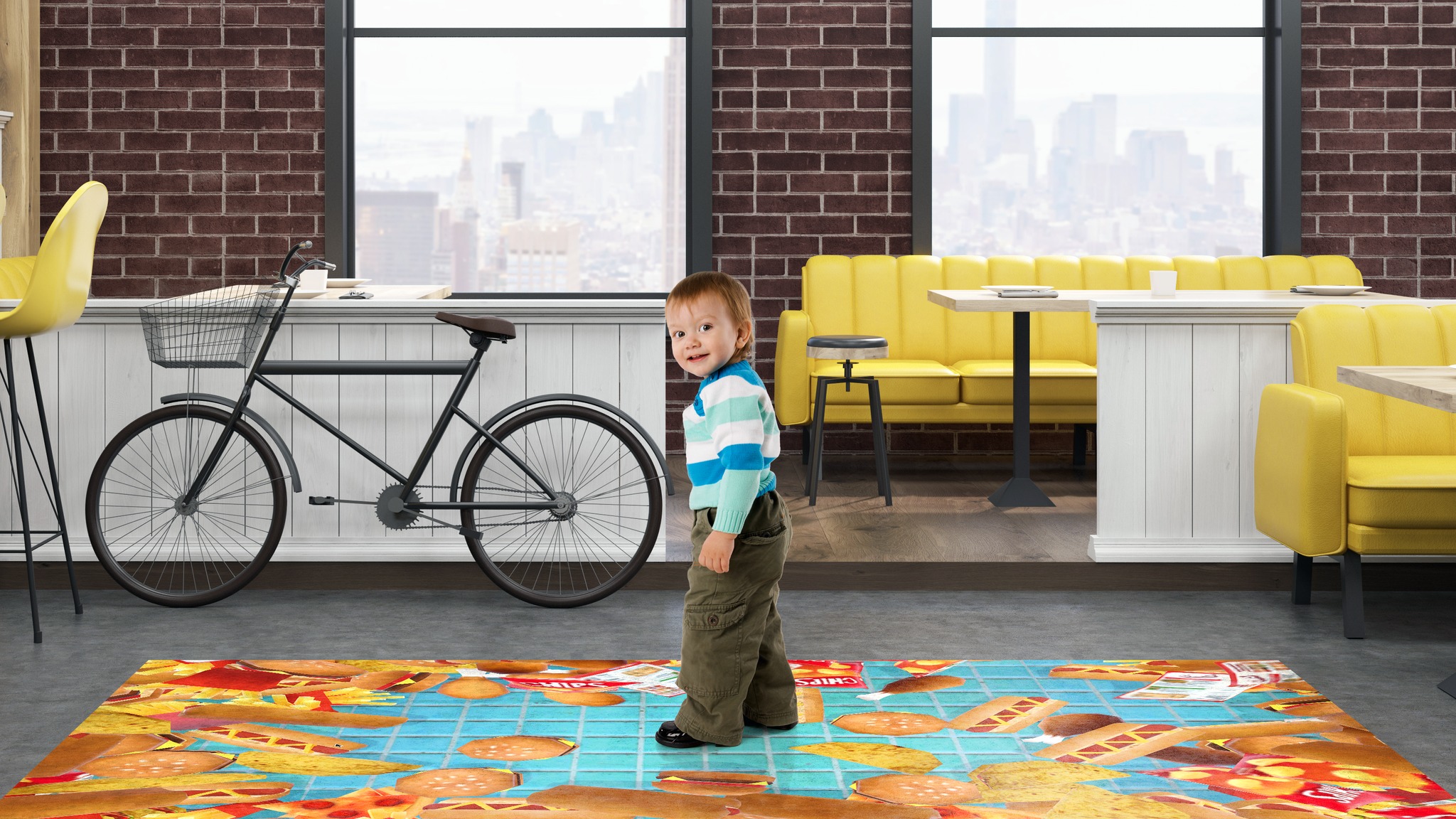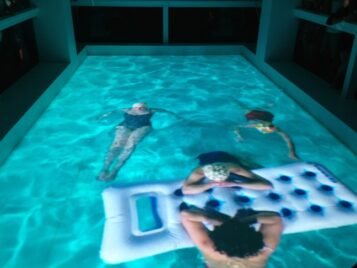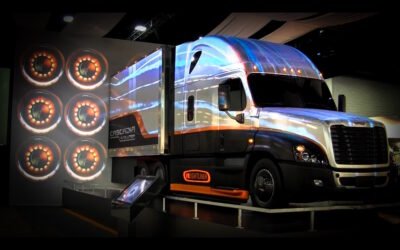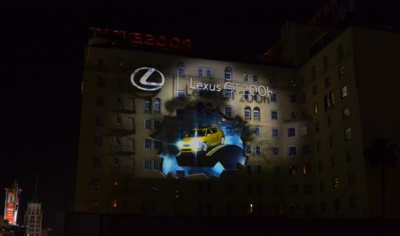
Interactive wall projections can be an extremely valuable asset to event managers and retailers looking to boost brand recognition while increasing customer engagement. RabCup Corp’s projection mapping services provide an array of visual storytelling opportunities. Their team is eager to assist in crafting an unforgettable experience for your audience.
They are a Form of Digital Storytelling
Interactive projection mapping is an advanced technology that uses dynamic displays on surfaces to captivate audiences and enhance experiences. It blurs the boundary between physical and digital realms, making it popular among museums, entertainment venues, and educational institutions.
For an unforgettable experience, choose high-quality graphics and animation techniques to engage viewers. Make sure these graphics seamlessly align with the objectives and themes of the event, incorporating elements such as motion sensors or touch panels that enable participants to interact with projected imagery.
Interactive projectors can be an incredible asset to any business, helping create an immersive branding experience and increase foot traffic to stores, ultimately increasing sales. However, interactive projections require careful planning and regular maintenance. It is also crucial to choose the right interactive projection program partner.
They are a Form of Advertising
3D interactive projections have become increasingly popular as consumers become more interested in experiencing what a brand can offer. This trend can be found across numerous sectors from events to retail. 3D interactive projections provide businesses with an effective way of engaging their target customers while increasing foot traffic and sales.
This technology uses radar to track and capture human movements, enabling visitors to control projected imagery on floors or walls using hand or body gestures. The system is ideal for creating educational experiences as well as immersive brand environments and exhibition sites.
To create an engaging and interactive projection experience, it is crucial that you select the proper hardware and software. Begin by setting goals and desired outcomes before searching for a specialist provider who can meet them. To ensure a quality installation, use a projector with high resolution and low throw ratio. Furthermore, look for companies offering transparent pricing structures and detailed specifications.
They are a Form of Entertainment
Interactive projections can transform any surface into an engaging and captivating experience for customers or students, helping you meet your business or educational institution’s goals more easily.
Utilizing motion-sensing technology, interactive projectors allow visitors to use hand, leg, and body gestures to interact with projected imagery on floors and walls. Users aren’t accustomed to this form of digital media viewed via stationary displays, making for an exciting new way to experience digital content.
Projection mapping can be utilized in numerous ways, from virtual fireplaces to creating dynamic backdrops at theater productions or sports events. Projectors can even be used to simulate real fireplaces! Projection mapping also has potential uses beyond virtual reality, such as creating dynamic visualizations at dance performances and sports events.
They are a Form of Education
Interactive projections offer an engaging way for visitors to connect with stories and experience history. Employing sophisticated hardware and software, interactive projections can interact with their environment to produce captivating effects while offering memorable visitor experiences. Interactive projections have become a favorite form of entertainment at museums and interpretive centers worldwide, creating captivating ambient effects and offering captivating guest experiences.
Interactive projectors of today can turn walls into educational decor that’s tailor-made for learning, helping teachers engage their students and increase learning outcomes. Furthermore, interactive projectors offer more flexible presentation options such as creating maps on walls for location-based education.




